A few weeks ago I was short of blogging ideas, and asked on FB for suggestions of what people would like me to post about. I got a ton of amazing ideas – some practical, and some of which are going to take a bit more work to blog about.*
I’m working my way through the list, but I realised I had some older blogging suggestions too. When I posted about my Regency bonnet, Natalie asked if I would write more about the park where we had the picnic and took the pictures.
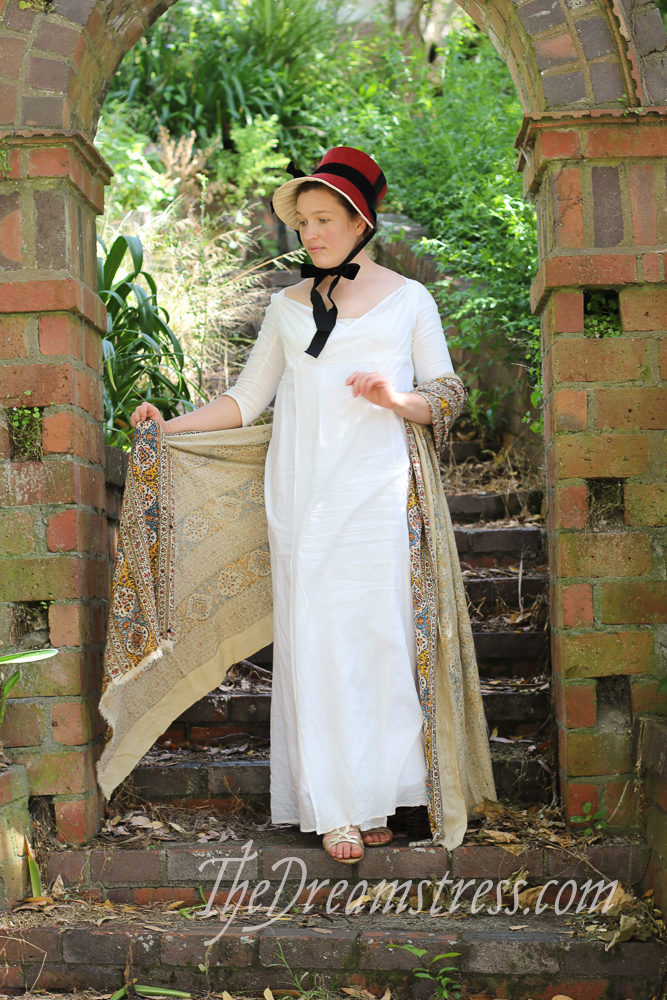
What a great idea! And it dovetails nicely with another blog post idea I had, writing about a Wellington location I love and have photographed at, and I’ve only just realised is named in honour of someone pretty, well, dodgy.** So now I have a series started: Wellington places named after seriously problematic white dudes.***
The Sir Truby King House & Gardens
We picnicked and photographed our bonnets at the Sir Truby King House and Gardens.
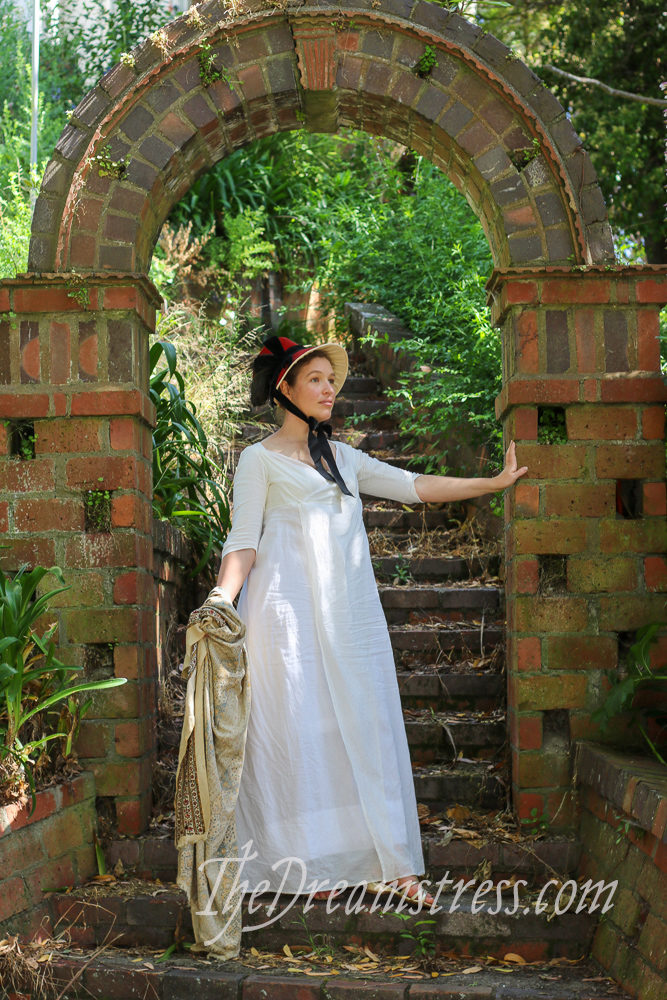
The gardens were the home of Sir Truby King, the founder of the Plunket Society (more on both of those later) and his wife, Isabella King.†The house, designed by architect William Grey Young, was built in 1923 (incidentally, the same year our house was built, though King’s house is fairly old-fashioned in look, and ours was a cutting-edge bungalow featuring all the latest innovations).

The house and gardens sit high on a hill, overlooking the isthmus of Kilbirnie and Miramar Peninsula on one side, and the suburb of Newtown on the other. They back onto the Wellington reserve, with hiking and bike trails.
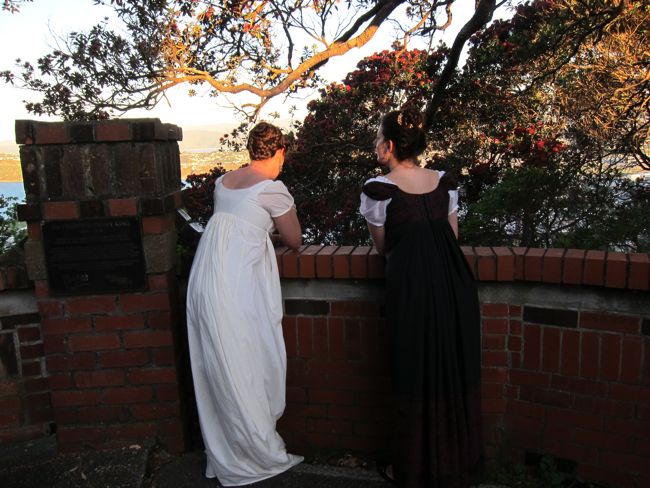
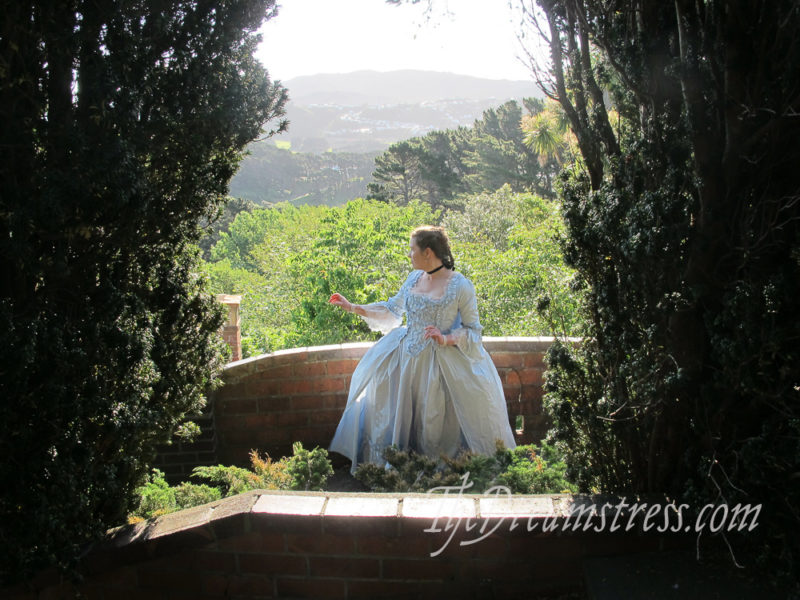
When Lady Isabella was alive, the house and gardens were a fairly standard upper middle class abode and grounds (other than that they were flanked by a baby foods factory and a hospital – both related to the couples work).
After Bella’s death King became increasingly erratic and obsessed with a number of strange things, including brickworks. He commissioned an elaborate series of walls, stairs and arches around the property.

Some of the brickworks, including the fabulous moon-gate, have been fenced off from the public in the last few years because they are an earthquake hazard, but plenty of picturesque spots remain accessible.
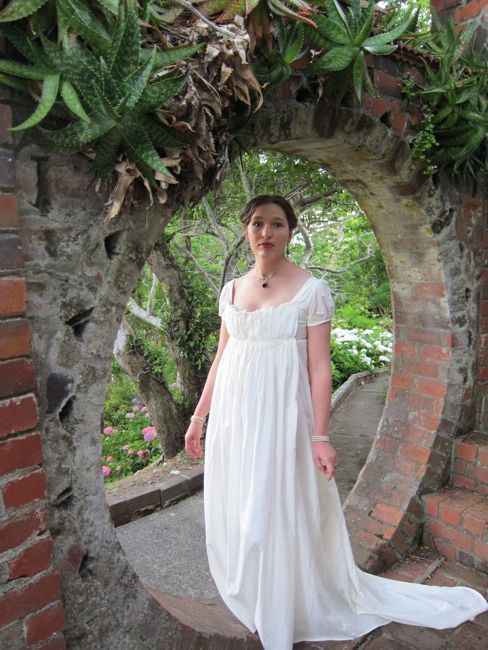
After King died (and was the first private citizen to have a State funeral in NZ) his and Isabella’s mausoleum became the centrepiece of the gardens.
I tend to stay off the actual mausoleum for photos, but you can see it in the background of a few of my images.

We’ve done a LOT of photoshoots at the Gardens. They are an absolutely beautiful location, and are surprisingly unknown, so we can often guarantee that we’ll be the only ones there – which is quite good when you have a not-comfortable-with-being-conspicuous model (me) and a hates-to-be-weird-in-public photographer (Mr D).
I took my first set of pictures in the gardens back in 2013, for the Bad Plaid Celebration Dress at the end of the very first Historical Sew Monthly

Since then the gardens have stood in for the ‘prettyish little wilderness’ of Pride & Prejudice when Theresa and I wore Regency:
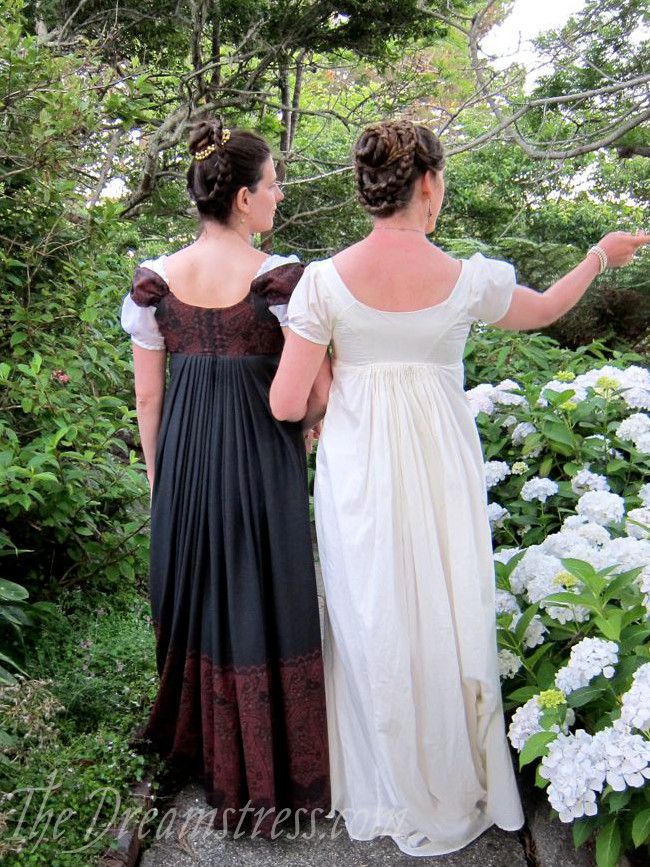
And the Goblin King’s Castle when I did a Jareth cosplay:
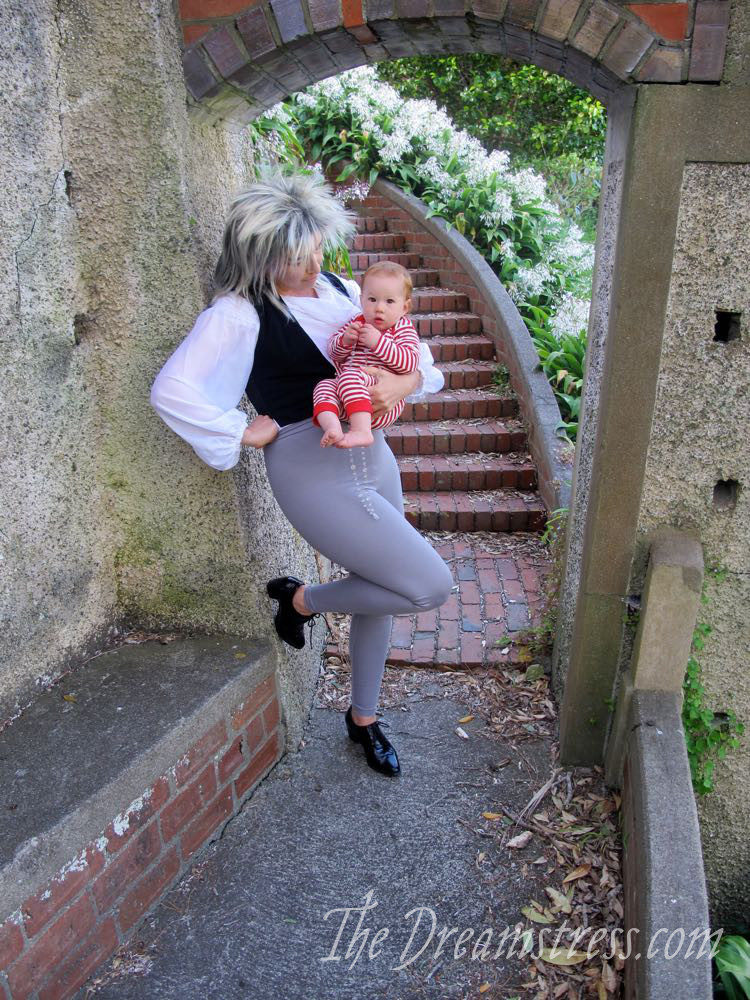
They have been a backdrop for my frou frou francaise:

And my 1360s medieval gown:
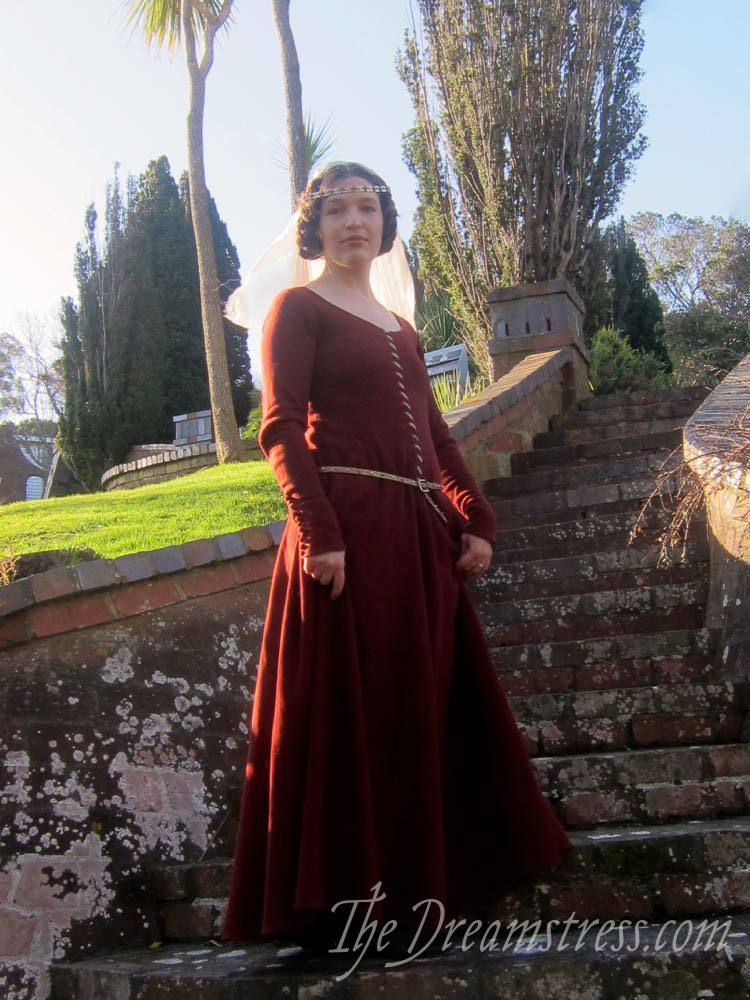
Sir Truby King’s and Lady Isabelle’s surprisingly modest house made a cute setting for my 1915 Waiting for Bluebells dress:
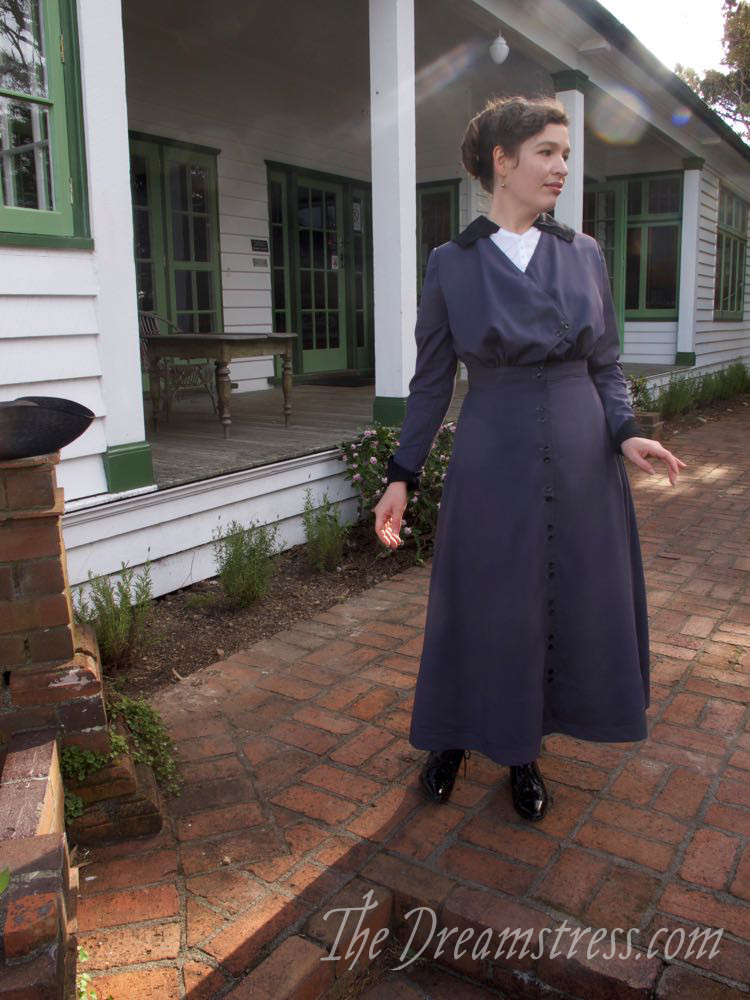
And the surrounding woods were suitably magical for the 1970s Fairytale dress:

And suitably Endorian (or something) to be a Jedi knight.
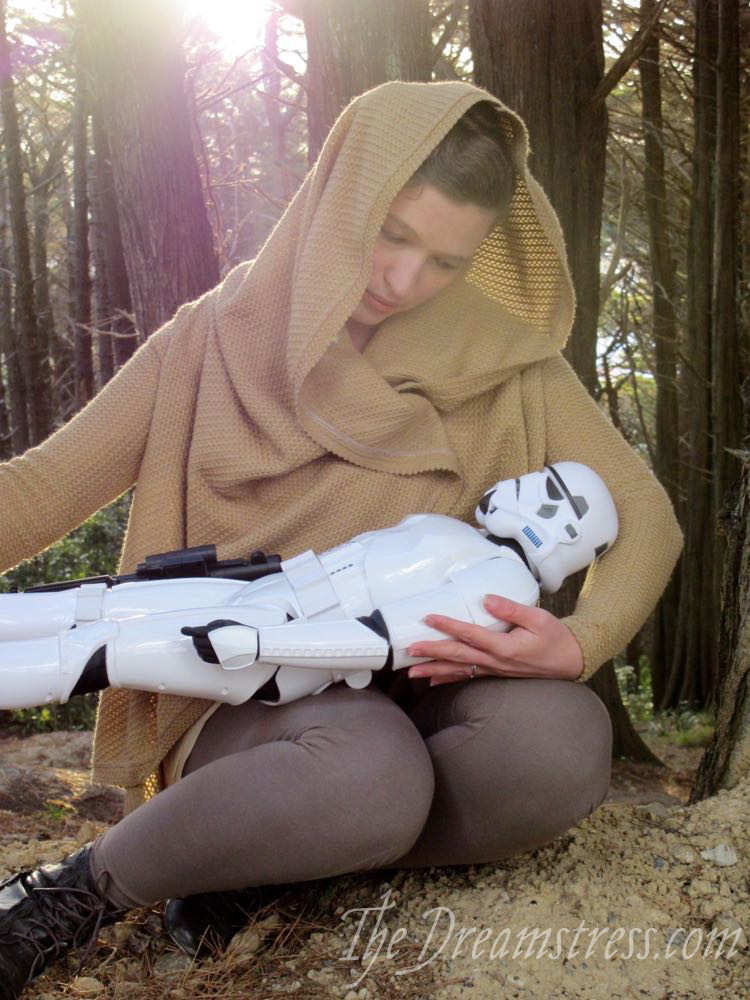
And the gardens have been the setting for some Scroop Patterns shoots, from the Historical Fantail:
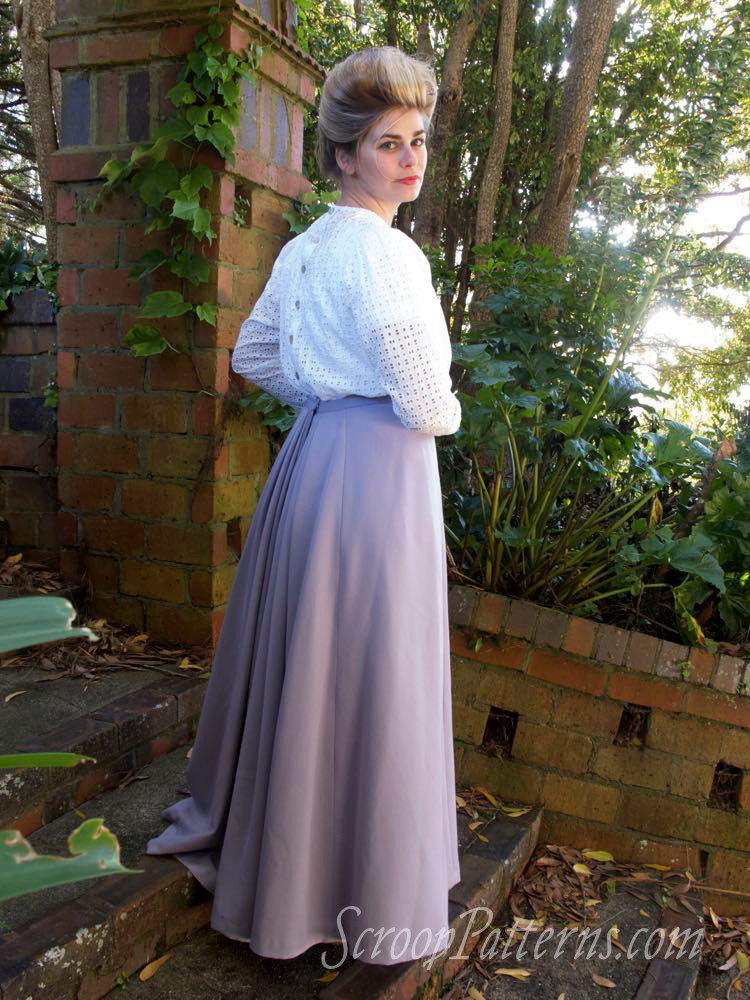
To my recent re-do of the Henrietta Maria dress & top photos:
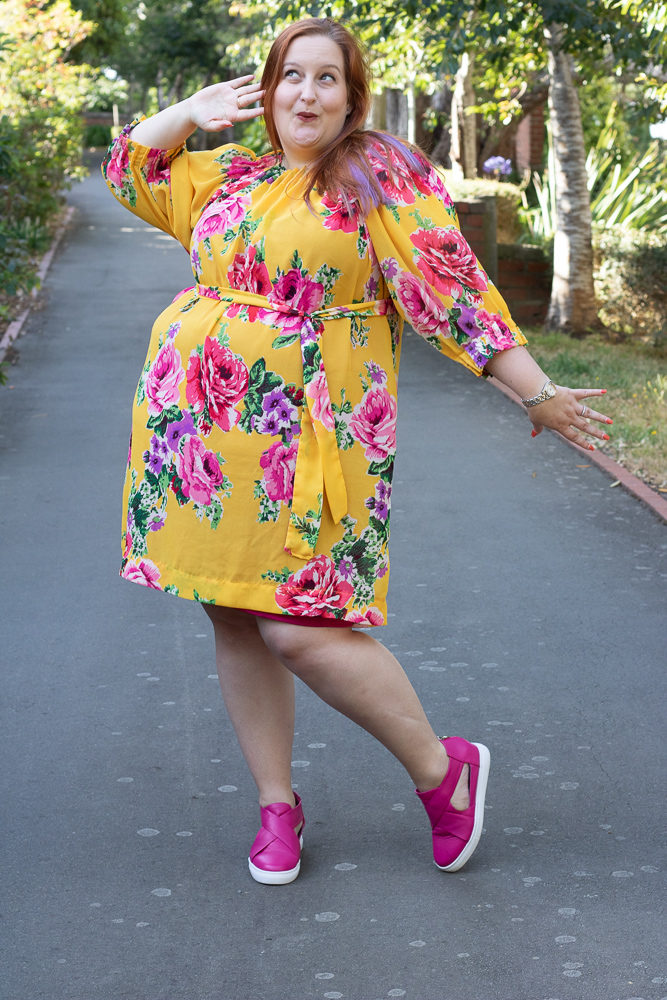
And the new, improved Fantail Skirt!
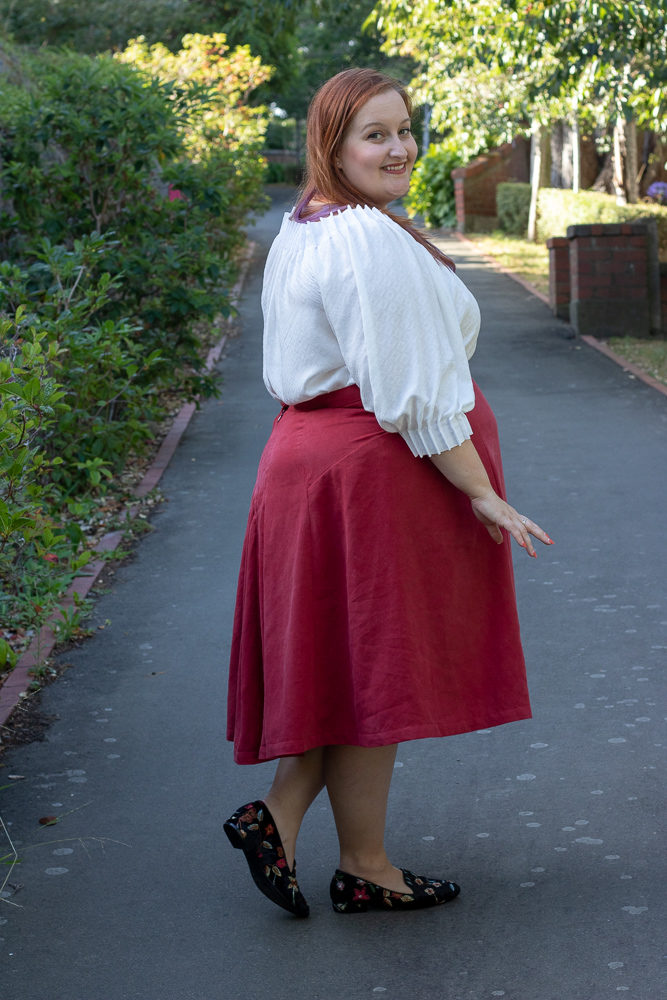
And they are generally a wonderful place, and the source of a lot of joy for me.
But Sir Truby King? Well, some of his ideas were not OK.
Sir Truby King – Problematic.
Sir Truby King was a health reformer, most famous for founding the NZ Plunket Society (named for Lady Plunket, wife of the Governor General in 1907). The Society’s goal was to ‘Help the Mothers and Save the Babies’, and was aimed at improving hygiene, health, and child-rearing practices. Which sounds lovely.
But…
Sir Truby King was also a HUGE proponent of eugenics, had some terrible ideas about women’s ability to be both mothers and educated, and was a massive racist. And these ideas were heavily, heavily reflected in the early Plunket Society policies.
Early Plunket Society writings include phrases like “The Race marches forward on the feet of Little Children” (and yeah, that totally, 100% means the white, European race).
Additionally, despite being friends with some of New Zealand’s early female doctors, King firmly believed that education was detrimental to women’s ability to be effective mothers. He lectured that women who aimed for advanced education or chose careers had ruined their ability to be good mothers, and were betraying their race and their ultimate role. He believed “the body was a closed system with a limited amount of energy. The education of girls, in anything other than domestic skills, used up their energy and could make them unable to breed or breastfeed”.†â€
And even worse, because King was a proponent of eugenics, he believed that anyone who he viewed as defective shouldn’t reproduce, and should be segregated and sterilised.
The Plunket Society has long since moved on from King’s more terrible ideas, and does some wonderful work in New Zealand (though most recent research suggests that the huge drop in infant mortality in New Zealand between 1910 and 1939, which Plunket has long taken credit for, would have happened anyway due to medical advances and changing societal norms). Most people born in New Zealand in the last century can say that they were ‘a Plunket baby’ and that their mothers received check ups, help, and advice from visiting Plunket nurses. Plunket runs ‘toy lending libraries’, which I think are an absolutely wonderful idea (though unless they offer a severely discounted rate for less well-off families, the annual price tag in the Wellington libraries makes it strictly a middle class indulgence).
The Plunket Society has taken care to distance themselves from the less salubrious aspects of their origins. However, if they ever directly addressed or apologised for them, I cannot find any evidence of it. Their website still lauds King as ‘visionary’ and ‘idealistic’. Every major King and Plunket anniversary is celebrated in New Zealand with hyperbolic accolades that totally overlook their darker beginnings – and the terrible run on effect they had.
While Plunket abandoned King’s eugenics, anti-female-education-stance, and racism early on, other parts of the New Zealand medical system had much longer lasting impacts based on Kings ideas around eugenics. At one point almost 40% percent of all hospital beds in NZ were dedicated to ‘undesirables’ – up to 10,000 at a time – in a system “designed to isolate ‘defective’ members of the community, prevent them breeding, and ultimately strengthen New Zealand’s racial stock.” This system – a programme of state care that could sentence a mildly troubled orphaned 6 year old to a life of incarceration, continued into the 1990s. Edwardian eugenics at the end of the 20th century.
It’s a terrible thing. Problematic – to put it very lightly. And should be addressed. It should be on the signage at the Sir Truby King gardens. It’s part of their history. It’s part of his legacy. It should be on the Plunket website – with an apology and a recognition that it hasn’t been what they stood for for a long, long time. Because it’s part of their history. And if we don’t acknowledge our history, if we don’t acknowledge where we came from, for better or worse, we can’t move past it, and make sure that we don’t repeat it.
So I go to the gardens, and I use them as a backdrop, and I enjoy the good things about them: the place where they provide a space for people to run, and laugh, and walk, and enjoy, and another safe spot for native birds in the city. But I make sure I know who the gardens are named after – and all that he represented.
Footnotes:
*And some of which just aren’t my blogging cup of tea – not everything can be!
** Local readers are probably already taking guesses as to who the other one is. I foresee myself ending up with 4 more suggestions things we have named in honour of terrible people.
***It’s entirely possible there are places in Wellington named after terrible people who weren’t white dudes, but so far I haven’t found any.
†Yet another unfairness and iniquity related to Sir Truby King’s: Isabella was very much his helpmate, was hugely involved in Plunket, and was equally responsible for almost all his work . She wrote an incredibly influential newspaper column on childcare for years. And yet she received no individual honours. She has no biography in the Encyclopedia of New Zealand. She may also have been problematic, but she was influential. She shouldn’t be overlooked.
††Read the articles linked. They are heart wrenching, and important.


Terrific post! I enjoyed the clothing recap and appreciated historical background. “Dodgy White Dudes” would fill an encyclopedia – oh wait, they already do… Thanks for addressing the whole story. I look forward to more enlightening installments.
Thank you for the great photos and the fascinating historical essay and persuasive advocacy on behalf of truth, remorse, and reconciliation. As someone from the USA I was unaware of Plunkett and this was a great Saturday morning education! I hope the society sees what you have written and takes you up on the suggestions.
Thank you for this post.
I live in the U.S. and know very little about New Zealand history, so this was all new information for me.
Whenever I read about the dreadful or foolish things people did in the past, and I am tempted to think, “How could they have been so terrible/cruel/foolish back then?”, I have to remind myself that in 100 years or so people will be looking at us ‘moderns’ and our terrible/cruel/foolish behavior and they will be thinking the same thing!
That is the constant struggle with history. It feels like once we did beyond the elementary school level of history we discover our treasured heroes aren’t who we thought they were.
Thank you for another wonderful post. I love how you have made “problematic white guys” into something beautiful and loving.
And I second the need for signs and accurate history!
Every country has their “problematic” institutions. Ireland has the laundries and homes for unwed mothers, USA has the Indian schools.
We can look at them and decide to do better than that.
It’s a lovely garden.
Sir Truby – I have trouble with writing an honorific for one who promoted eugenics and misogyny – is truly troubling, but I love the garden he and Isabella made. Wonder if all those walls, and stairs, and doorways were unconscious manifestations of his fears and aspirations. Such views, and the round moon door… Well, we can see that sometimes good can grow from bad. Thank you so much for opening the window on such a beautiful place, with such a twisted history.
Places in Wellington named after problematic white dudes… Um, Wellington? Arthur Wellesley, first duke of?
It seems unfortunate that so many organizations dealing with human reproduction (e.g. Plunket, Planned Parenthood) should have had eugenics at their roots. It’s a terrible and extreme form of pride.
But isn’t it wonderful that things which start bad can be changed, and turned to good?
We in England have has issues with people involved in the slave trade etc for instance, so its good to ask these questions.History is always being revised, as we look at the past in new ways, so opinions do change. Things that were OK two hundred years ago are looked on with horror nowadays, so I am glad we are moving on to more humane views as we all have something to contribute
“King firmly believed that education was detrimental to women’s ability to be effective mothers.”
Was he wrong, though? The birthrates nowadays are probably the lowest they’ve ever been in history outside of war time abstinence. Women are spending their youth, and then their mid 20’s to mid 30’s earning an education for their career. They don’t have children during this time and then even if they do they’re not mothering them, they foist the duty off onto paid help, private, or state-funded so that mummy can go to work.
Women used to have 4+ kids, but they don’t have time for that anymore.
Yes. He was wrong. Every legitimate study every conducted on the effects that educated mothers have on their children conclude that educated mothers are likely to have significantly lower rates of child and infant mortality, and that their children are more likely to go on and be educated. In Western society educated mothers are more likely to breastfeed, and thus their kids have less illnesses, and are less of a burden on social healthcare systems.
Having 4+ kids isn’t the mark of a good mother. Having one healthy, happy child who can contribute to society is.
And, to make it even more pertinent to today, the most comprehensive study ever done on the things most likely to help solve climate change has concluded that the single most important thing we can do to reverse our terrible slide towards global catastrophe is to educate women.
I wish we could upvote comments. I would upvote your reply here multiple times if I could, Leimomi.
Thank you! <3 I feel like leaving a comment in support is worth 20 upvotes 😉